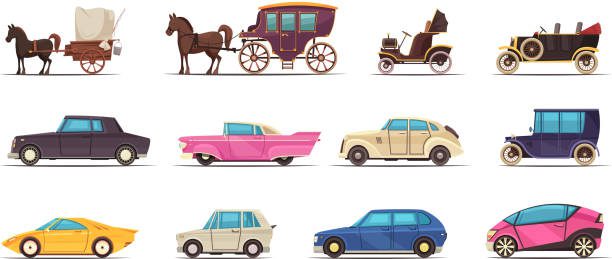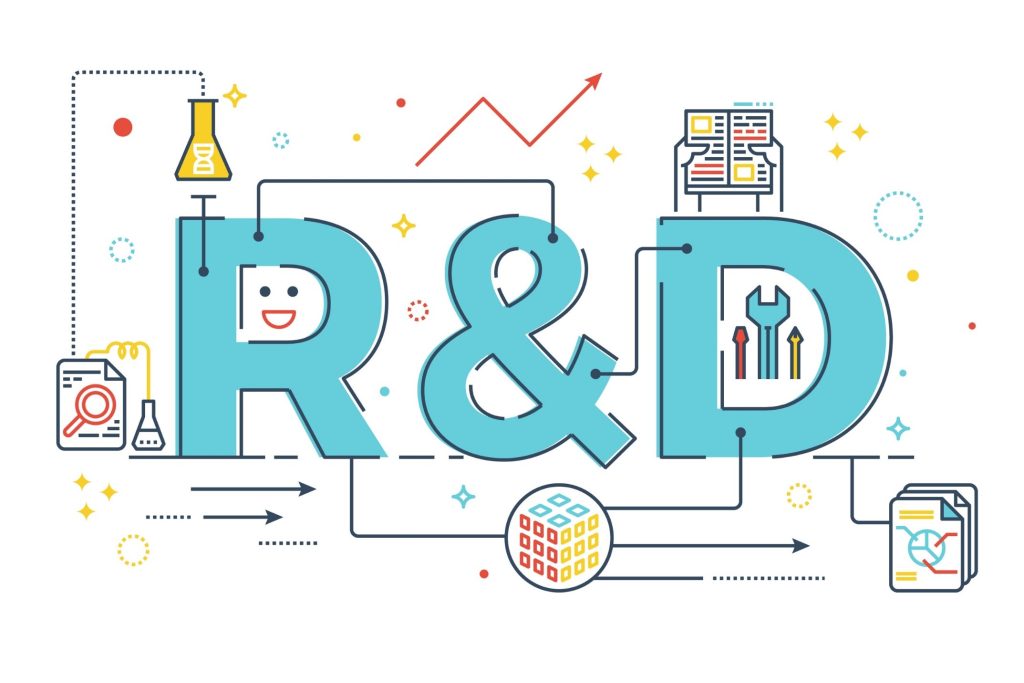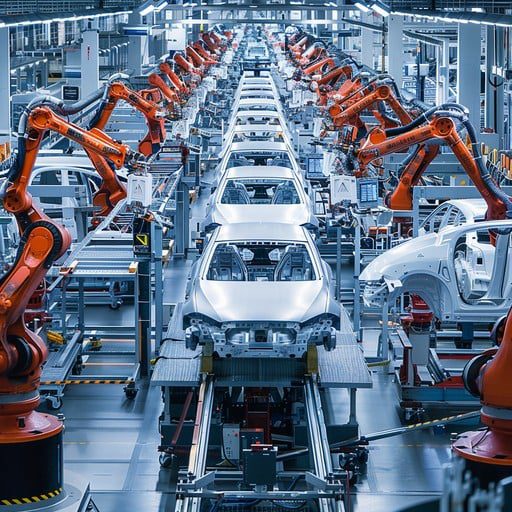Car marketing and production, the automotive industry is a multilayered and diverse segment that includes components like marketing, engineering, technology, and consumers’ demand. Two of the bedrock aspects that cause a brand to flourish in a highly competitive market are automotive marketing and automotive manufacturing. Note: data trained till oct 2023 This blog discusses the complexities of car marketing and how they all contribute to producing particular models.
The Role of Marketing in the Automotive Industry

Car marketing serves to generate consumer interest, build brand loyalty, and ultimately drive purchasing decisions. There is a saturation of car manufacturers and dealerships, hence good marketing strategies are critical.
Explaining Consumer Behavior
Acquire a profound understanding of consumer behavior that manufacturers and marketers need before launching a vehicle. “It’s about understanding what consumers are looking for in a vehicle — whether it’s fuel economy, the latest technology, appearance or safety features. Market researchand data analytics play a vital role in obtaining such insights. More examples would be electric vehicles (EVs), where the growing awareness of the environmental effects of cars has driven many auto manufacturers to use focused marketing and production tactics targeting the eco-friendly consumer base.
Advertising and send-Buy position/Brand placement

One of the most common tools used in car marketing is advertising. Through TV ads, social media campaigns, or influencer partnerships, automakers must communicate their brand values and showcase the unique features of their vehicles. For example, Volkswagen does not require a luxury vehicle, and therefore their advertising focuses around the message of dependability and low cost, as opposed to driving Mercedes-Benz or BMW, if your car is luxury.
Furthermore, car companies position their brands in a niche segment themselves. These segments could include luxury, budget, family-time, or electric/hybrid vehicles. The positioning will dictate the tone of messaging, the media channels utilized, and even the communicates in material layouts.
The Role of Digital Marketing
In a world where technology drives even the stuffiest industries, we bring you the single biggest force in car sales: digital marketing. Social media, SEO, and reviews have all expanded, and potential customers conduct a lot of research before any purchase they make. During this time, car companies can remain relevant by maintaining a strong online presence, using social platforms to communicate with customers, offering virtual car tours, and hyper-targeting online ads.
The Evolution of the Cars You See on the Streets

Marketing is key in winning over customers, but production is where the magic happens. Car manufacturing has a chain of stages, each step depends on each other with precision, experience of hands-on, advanced technology.
Research and Development (R$D)

A lot of research and development (R&D) goes into a car before it can even hit production. This is an important step to ensure that the new vehicle adheres to both consumer needs as well as government regulations. R&D teams, among other areas, concentrate on design, performance, safety features, and environmental issues. Such as when stringent emission standards lead automakers to invest in electric and hybrid vehicle technology in order to comply with environmental legislation.
Prototyping and Testing

After the first idea is created, a prototype is constructed. Prototype cars must then go through extensive testing in order to be sure it passes all necessary safety, performance and durability tests. This involves crash tests, fuel efficiency testing, driving simulations, etc. The feedback from such tests helps to hone the design, making sure that when it comes time to build the actual product, it meets the promises made during marketing.
Manufacturing and Assembly



After a car has been tested, it goes into mass production. Today, automobile manufacturing is a complex process, most of the time a product of an assembly line, in which different components are integrated to form a whole. Automation and robotics have come a long way, and the assembly line process is completely different than it was a few decades ago. Not only does this minimize human error and increase consistency, but it also accelerates the production process.
Quality Control and Assurance

Quality control and assurance are vital steps in the assembly of automobiles. After the assemblage stage, each car is subjected to a handful of quality control assessments before it can hit the road to make sure it conforms to safety specifications as well as the brand’s performance requirements. When a defect is identified, the vehicle is either repaired or returned to the assembly line to be fine-tuned. This step plays a key role in upholding the company’s reputation and also in meeting the needs of the customer car marketing and production.
The Synergy of Marketing and Production
Marketing and production are different functions in the automotive industry, yet they are closely interlinked. Good marketing can create demand for a vehicle, which can influence production scale and speed. On the other hand, production abilities can influence the marketing techniques utilized by a firm.
Launching a New Model

A new model is typically introduced as part of an integrated marketing push. That said, the success of the marketing push hinges on whether the company can deliver enough of the promised vehicle and at the level of quality expected. From a positive side, a new electric vehicle might create huge buzz but if the production cannot meet demand, the brand will get negative publicity and disappointed customers car marketing and production.
Data set: Gen Z consumers expect innovation
As the technology behind cars continues to evolve, so do the expectations customers have of them. Aspects such as smart cars, autonomous driving technology and connected features come to the fore, requiring both marketing and production to remain in lockstep. First and foremost, car manufacturers must face the challenge of innovating constantly; tech-savvy consumers expect new features, but the production process must also be able to support the increasing complexity of innovations.
Conclusion
Car marketing and production work in a complex, interdependent environment. Marketing creates desirability and frames our impressions of brands; production makes those visions respond. In a highly competitive automotive market, success depends on understanding consumer buy-in, communication strategy, and production that can adapt to change quickly.
If you want to get more information in your interested firlds, visit
You can visit our instagram page as well, click here